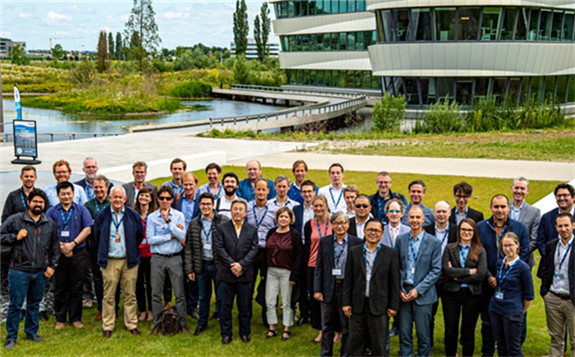
The Cable Lifetime Monitoring Joint Industry Project (JIP CALM), launched on 8 July, was initiated by DNV-GL, TNO (ECN), BREM, VanDerHoekPhotonics, and Deltares, in collaboration with 30+ industry partners ranging from international suppliers to system integrators, end users and regulators.
At present, failing subsea power cables are one of the main risks affecting offshore wind farm development and operations. These failures account for approximately 80% of insurance claims in the offshore wind industry.
Their impact is so large because cable failures can shut down an entire section or even an entire wind farm. Additionally, cable inspections and repairs are expensive maritime operations. Repairs on cables can easily be delayed for a few weeks or months because of the weather or limited vessel availability, severely impacting revenue and reducing the technical lifetime of a subsea cable.
Reducing the risk of subsea-cable failure will make the offshore energy grid more reliable and offer more control over the costs of the offshore cables throughout their lifetime.
Due to the wide range of partners behind the JIP, improvements will be made in the areas of the design, installation, operations, and maintenance of subsea cables. The consortium will create guidelines for transparent, industry-supported practice focusing on the main aspects of subsea cable systems and their failures.
The work will begin with an analysis of the main causes of cable failures. Another important topic covered by the study is the development of lifetime monitoring techniques.
''By continuously monitoring the cables from installation through to operation using optical fibres, we can establish a picture of why cables fail and develop an early warning system,'' said Jan-Joost Schouten, an offshore expert at Deltares.
In addition, the project partners will improve the predictions of morphological features such as sand waves around subsea cables and develop a decision support tool to quantify the achieved cost reductions for offshore wind energy.
The results of this project can be applied to both existing and future wind farms. The partners in this project aim to cut the levelised cost of electricity (LCoE), insurance costs, and the CO2 footprint of the offshore industry. The project will take two and a half years and it is being supported by the Dutch Ministry of Economic Affairs and Climate Policy through the Netherlands Enterprise Agency.